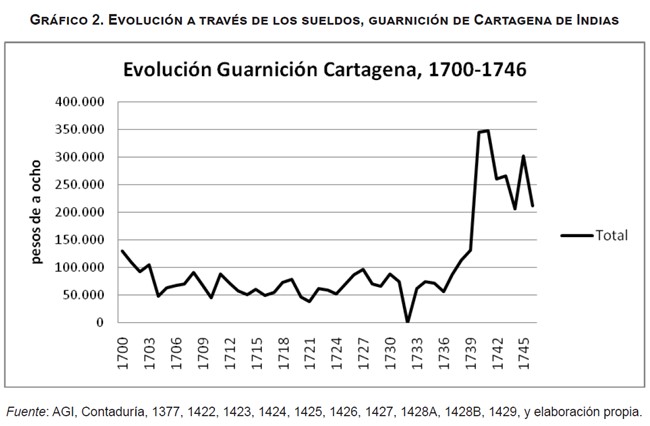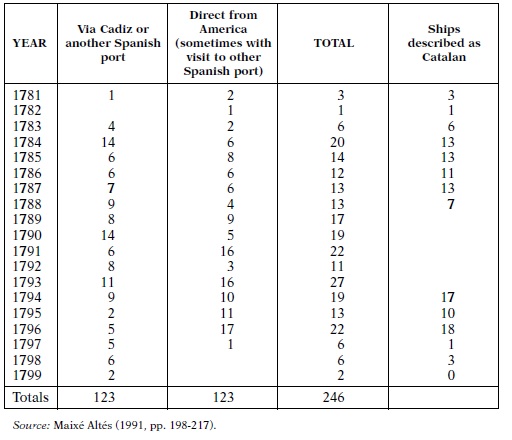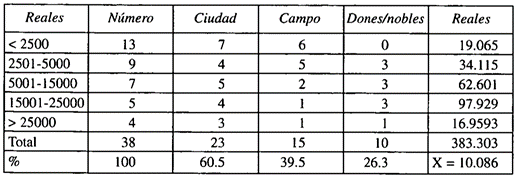The different family models had regional and local variables. In the latter case, we find the examples of the municipalities of the current Valencian Community. By differentiating between urban and rural areas, we can see how solitary households were greater in the cities than in the countryside, and consequently, and inversely, complex households were more common in rural areas than in urban areas. The established confluence of the conjugal/nuclear family model meant that they dominated in both spheres with similar percentages. These data are reinforced when a semi-urban population, between the countryside and the city, such as Vinaròs, shows an intermediate trend in its results. Valencian families, as in the rest of Spain, were conditioned by the economic level and mentality of the localities. Wealth, property ownership, access to resources and the possibility of social advancement shaped the family model.
Collection: Statistics
Project: 4. Family, daily life and social inequality in Europe.
Chronology: XVIII, XIX
Scope: Secondary Education, Baccalaureate, University
Resource type: Statistics
Format: Table
Source: García González, Francisco (2011). “Las estructuras familiares y su relación con los recursos humanos y económicos”, en Chacón, Francisco y Bestard, Joan (dirs.). Familias. Historia de la sociedad española (del final de la Edad Media a nuestros días). Madrid: Cátedra, p. 184.
Language: Spanish
Date: 2011
Owner: Pablo Ballesta Fernández (Modernalia)
Copyright: © Ediciones Cátedra © Francisco García González © Francisco Chacón © Joan Bestard
Abstract: Family models in urban and rural areas in the Kingdom of Valencia, highlighting the importance of the nuclear model
Tags








